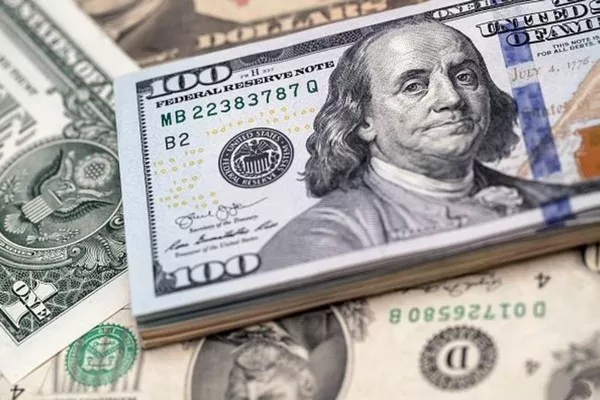The Federal Reserve, often referred to as the Fed, plays a pivotal role in shaping the United States’ economic landscape. One of its key tools for managing the economy is the adjustment of interest rates. The decision to raise interest rates is a complex and carefully considered process, influenced by various economic factors. In this article, we will delve into the primary drivers that prompt the Fed to raise interest rates.
Inflation Control
One of the primary mandates of the Federal Reserve is to maintain price stability, and controlling inflation is a crucial aspect of this goal. Inflation refers to the general increase in prices of goods and services over time. The Fed closely monitors inflation indicators, such as the Consumer Price Index (CPI) and the Personal Consumption Expenditures (PCE) index, to assess the overall price level in the economy.
When inflation surpasses the Fed’s target, which is typically set around 2%, the central bank may decide to raise interest rates. By increasing the cost of borrowing, the Fed aims to cool down spending and investment, thereby reducing demand and curbing inflationary pressures. Higher interest rates act as a deterrent to excessive borrowing and spending, contributing to a moderation in overall economic activity.
Full Employment and Labor Market Conditions
Another key mandate of the Federal Reserve is to promote maximum sustainable employment. The central bank closely monitors labor market conditions, including the unemployment rate, job creation, and wage growth. In periods of robust economic expansion and low unemployment, there is a risk of the economy overheating, leading to inflationary pressures.
To counteract this risk, the Fed may choose to raise interest rates. Higher interest rates can slow down economic activity and tighten financial conditions, helping to prevent the labor market from becoming too tight. By taking preemptive action to cool down the economy, the Fed aims to maintain a balance between sustainable employment and price stability.
Economic Growth and GDP Expansion
The overall health of the economy is a critical factor influencing the Fed’s decisions on interest rates. During periods of rapid economic growth and expansion, there is an increased likelihood of inflationary pressures building up. To prevent the economy from overheating and to maintain long-term stability, the Fed may opt to raise interest rates.
Raising interest rates during periods of strong economic growth also serves to moderate asset prices, such as housing and stocks, preventing the formation of asset bubbles. By signaling a less accommodative monetary policy stance, the central bank aims to guide the economy towards a more sustainable growth trajectory.
Global Economic Conditions
In an interconnected global economy, the Federal Reserve also considers international factors when making decisions about interest rates. Economic conditions in major trading partners, geopolitical events, and currency movements can all influence the Fed’s policy choices. For example, a global economic downturn or financial crisis may lead the Fed to lower interest rates to support domestic economic growth.
Conversely, if the global economy is booming, and there are concerns about imported inflation or financial imbalances, the Fed might raise interest rates to mitigate these risks. The central bank carefully assesses the global economic landscape to ensure that its policy decisions align with the broader international context.
Financial Stability and Asset Prices
The stability of the financial system is a paramount concern for the Federal Reserve. Rapid increases in asset prices, such as housing or stock market bubbles, can pose a threat to financial stability. The central bank closely monitors financial markets and assesses the potential risks associated with excessive speculation and leverage.
If the Fed observes signs of unsustainable asset price growth and elevated financial risks, it may opt to raise interest rates as a preventive measure. Higher interest rates can make borrowing more expensive, reducing the incentive for excessive risk-taking and speculative behavior in financial markets.
See Also What If Fed Raises Interest Rates?
Conclusion
In conclusion, the Federal Reserve’s decision to raise interest rates is influenced by a combination of economic indicators and goals. The central bank carefully balances its dual mandate of price stability and maximum sustainable employment while considering broader economic, global, and financial factors. By understanding the multifaceted nature of these determinants, policymakers and the public alike can gain insights into the rationale behind the Fed’s interest rate decisions. Ultimately, the goal is to foster a stable and resilient economic environment that supports long-term growth and prosperity.


